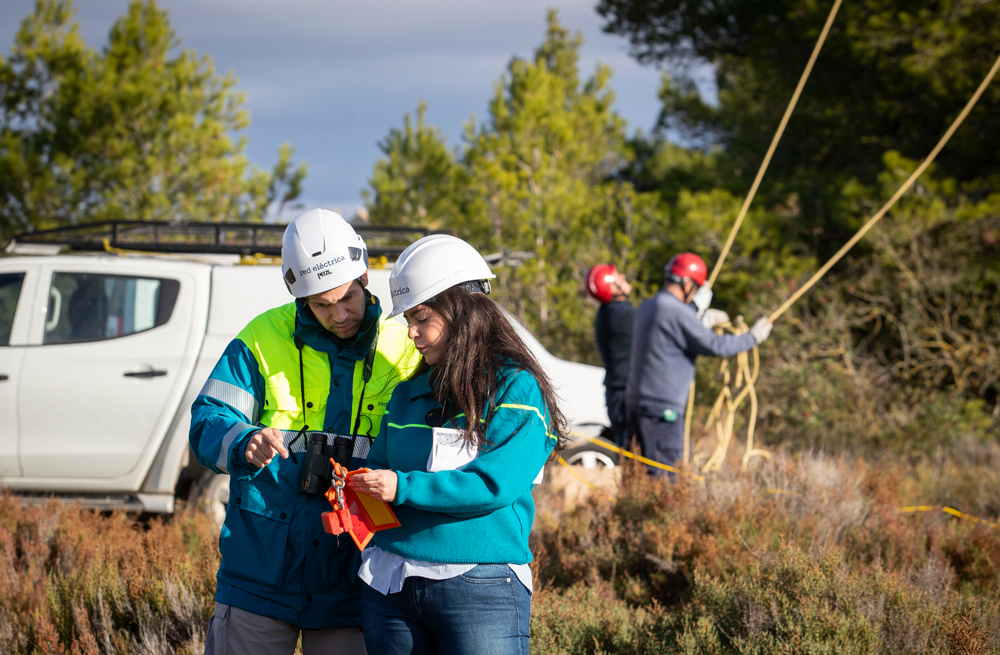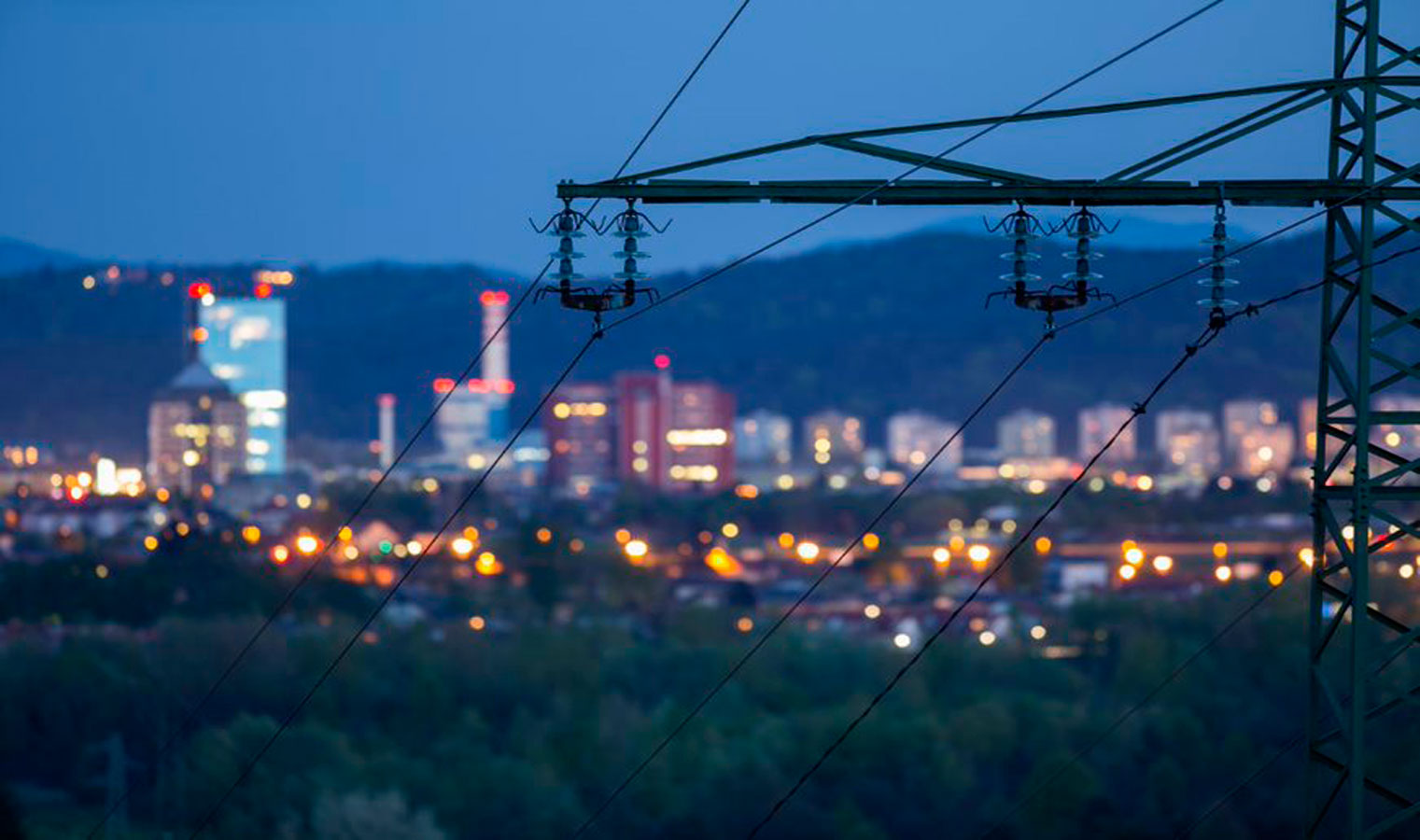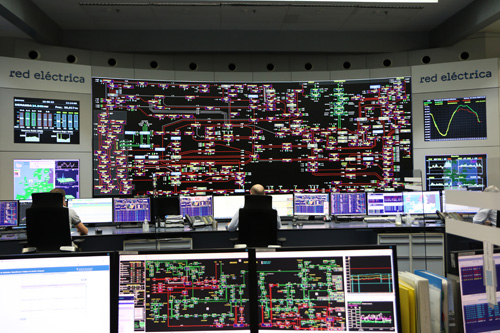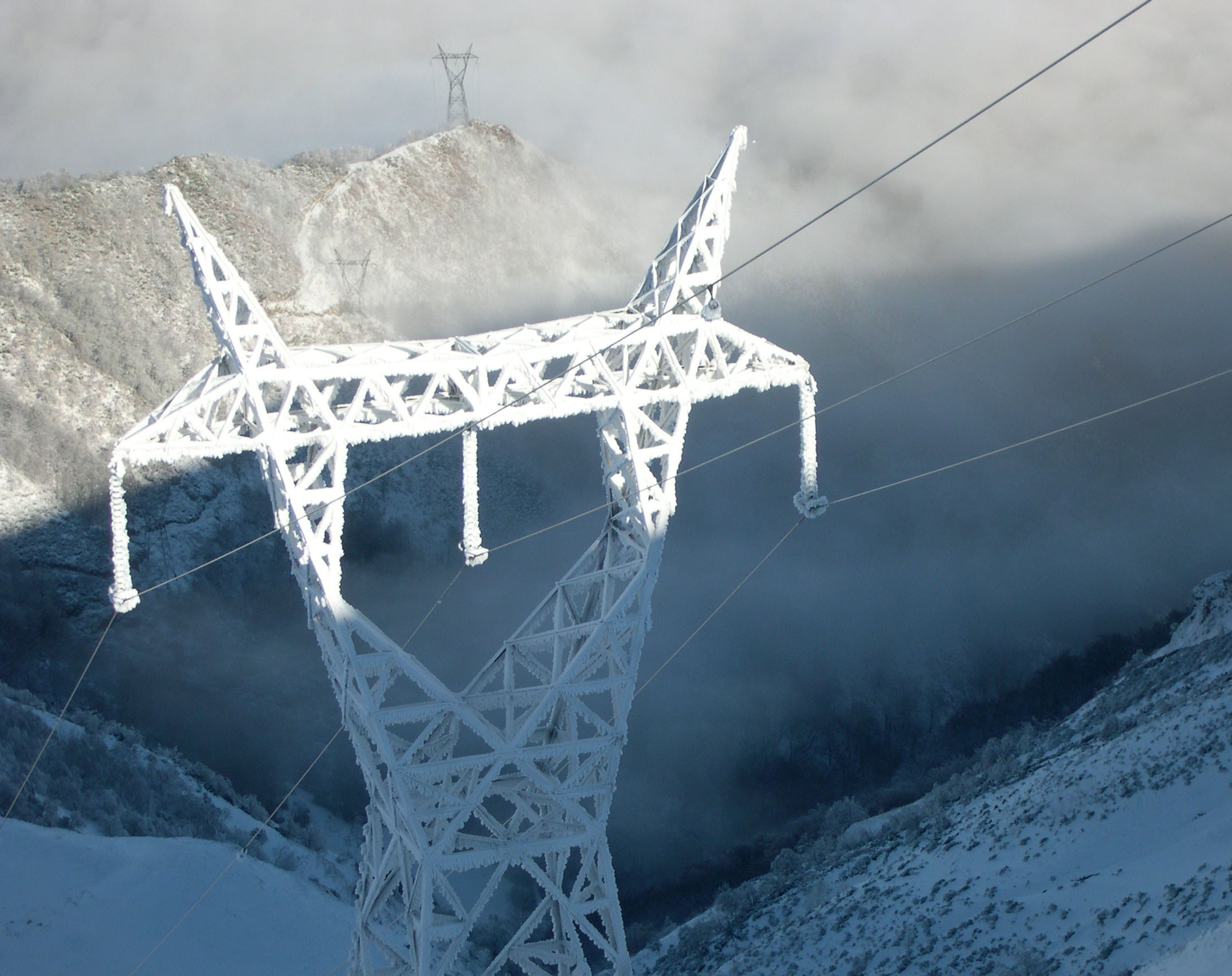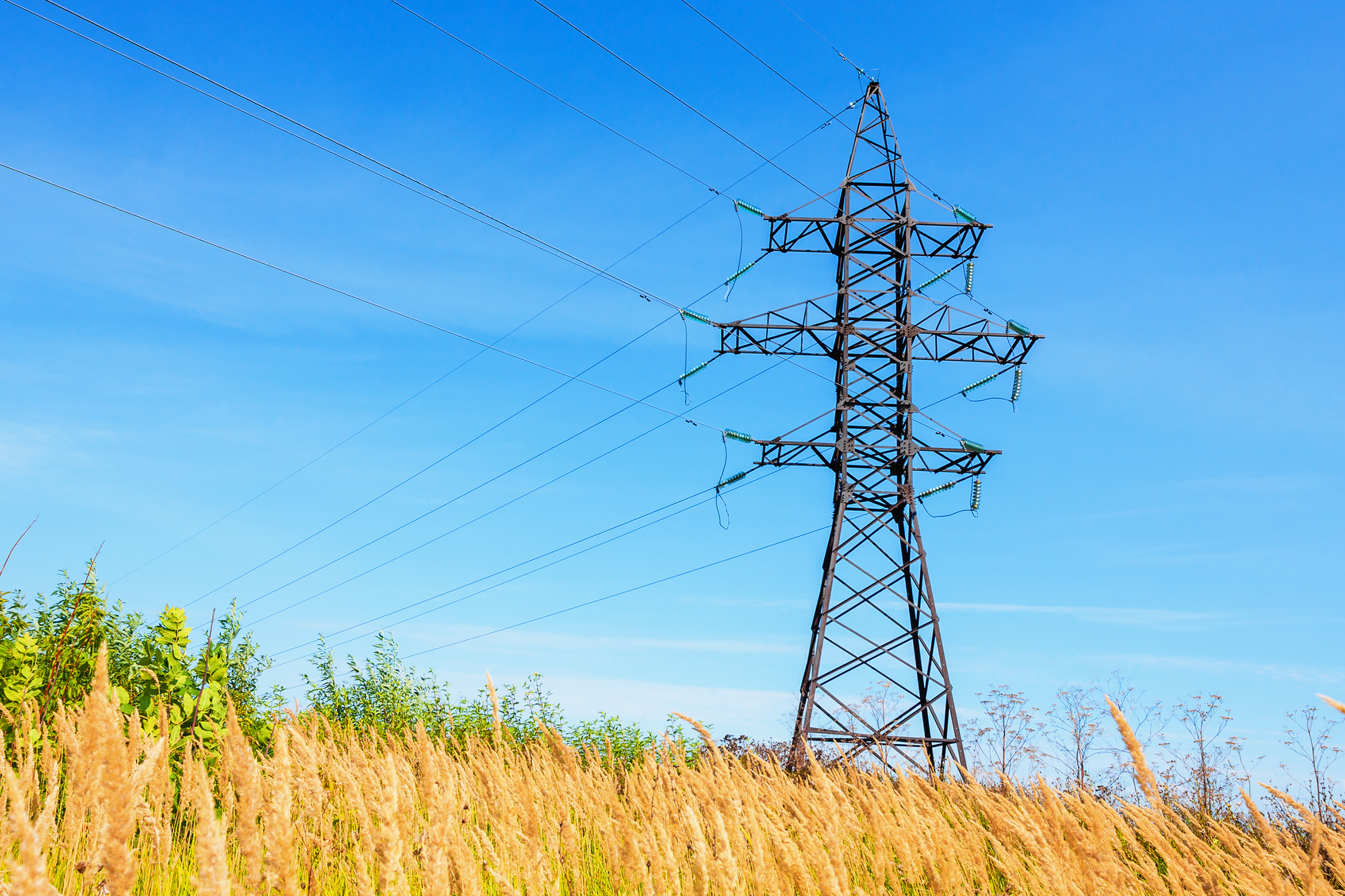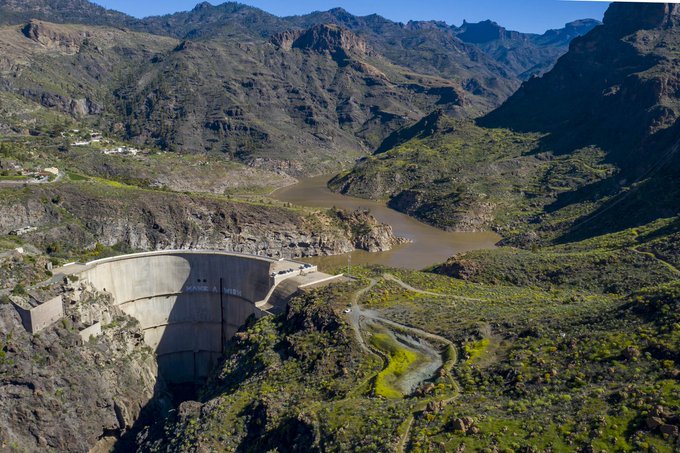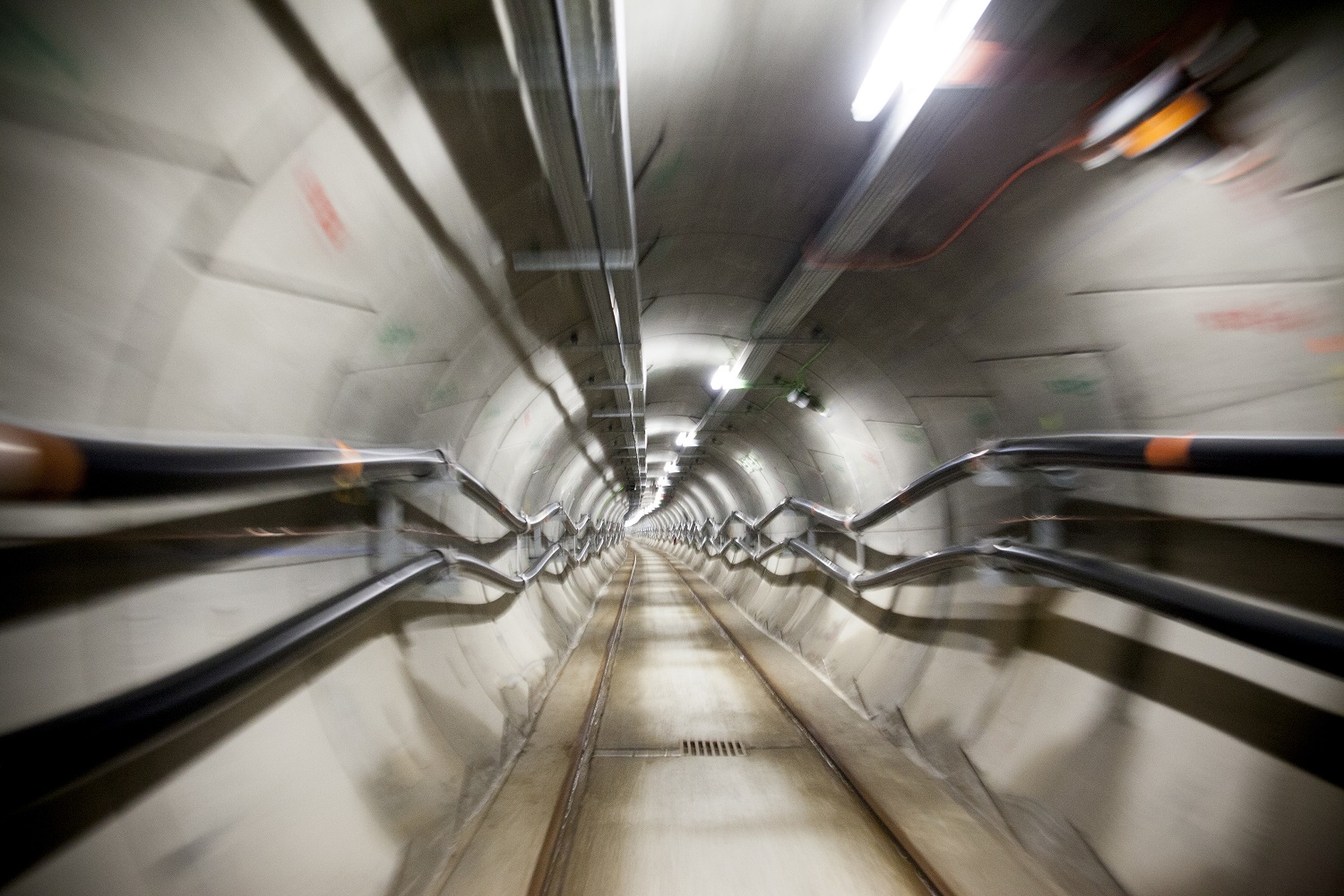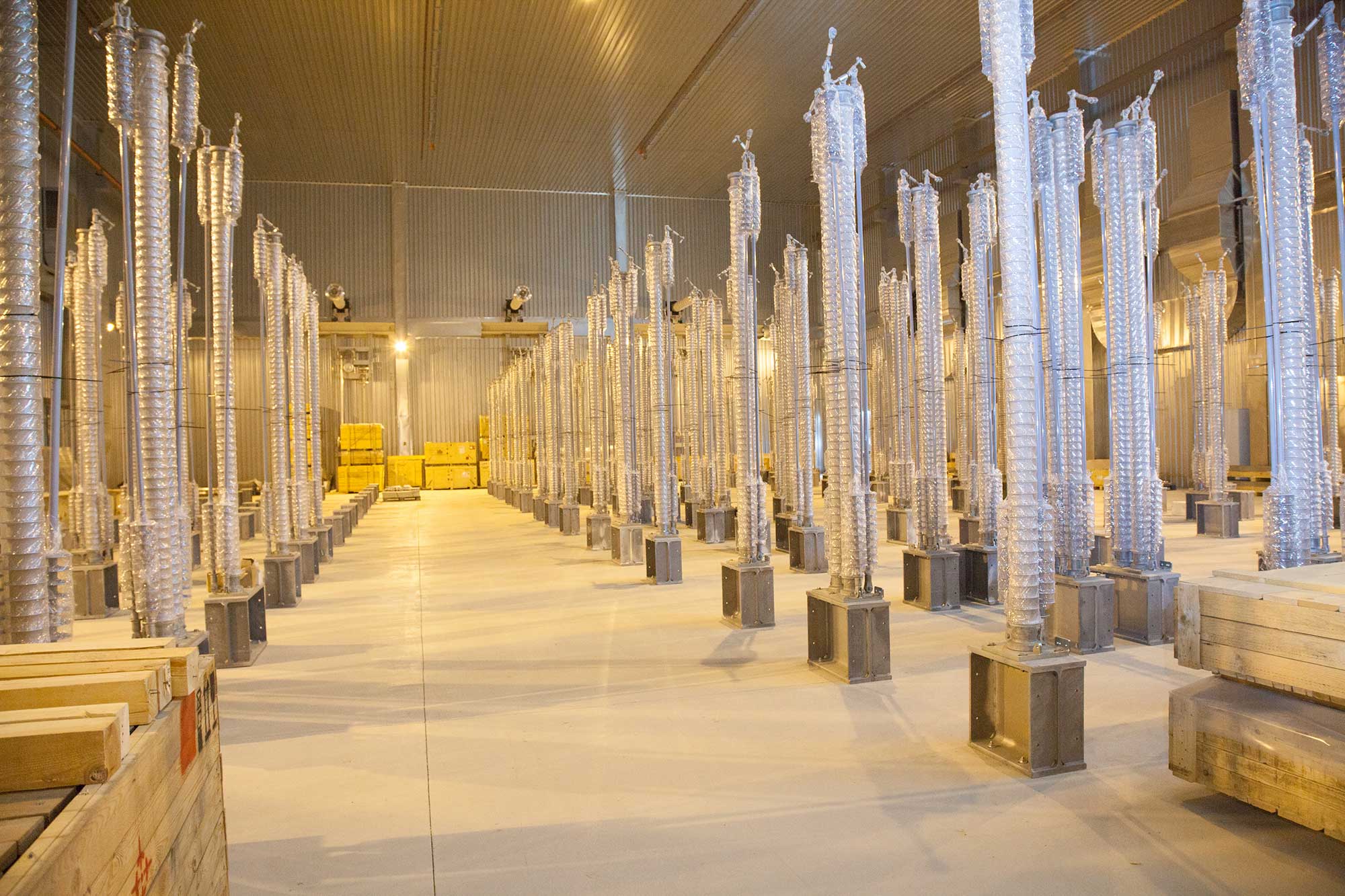For 40 years, we've been driving our country's economic and social progress. Four decades shaping Spain.
Spain-France underground electricity interconnection
Spain-France underground electricity interconnection
This underground interconnection was a pioneering project that doubled the electricity exchange capacity between France and Spain.
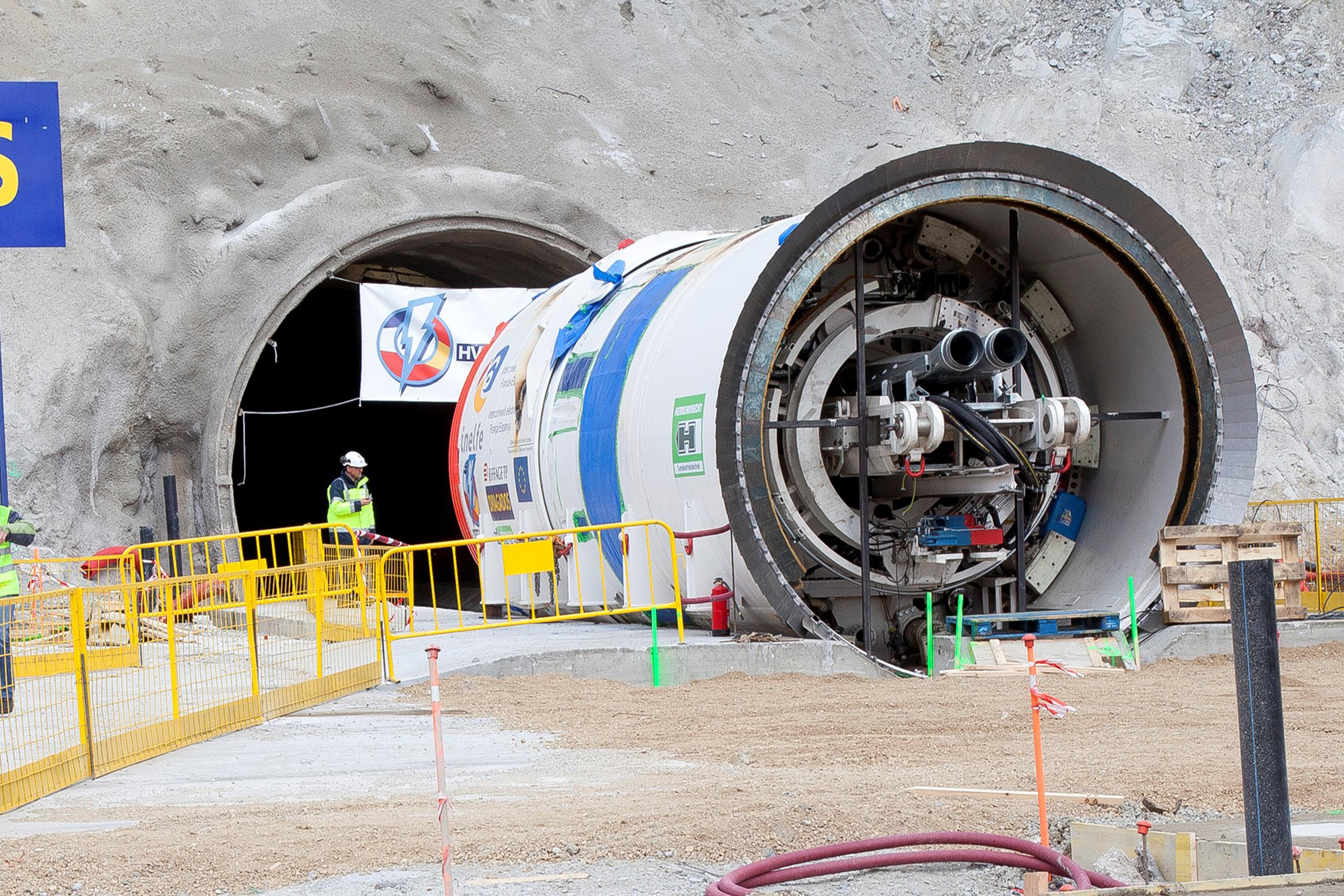
A project of European interest
The Spain-France electricity interconnection through the Pyrenees is an innovative, complex, exceptional infrastructure and a global pioneer, which represented one of the greatest technological challenges in the development of the transmission grid in our country.
It is a 64.5 km long, fully underground direct current power line which, on the Spanish side, runs parallel to the AP-7 motorway and the high-speed train. It links the municipalities of Santa Llogaia, near Figueres (Spain), with Baixas, near Perpignan (France) with a route underground in a concrete trench, except for the section that crosses the Pyrenees, which is through an 8.5 km tunnel through the Albera massif, parallel to the high-speed railway line.
The project entailed the construction of two converter stations, in Santa Llogaia and Baixas, respectively, necessary to transform the alternating current used by the Spanish and French transmission grids into direct current and to be able to link the interconnection with both electricity systems.
Commissioned in October 2015, it doubled the electricity exchange capacity between France and Spain from 1,400 to 2,800 MW, providing greater security, stability and quality of electricity supply to the two countries.
In addition, this interconnection also made it possible to improve the quality of supply to border towns, to guarantee the electricity supply for the high-speed train on the Spanish side, and to encourage the integration of a greater volume of renewable energy.
Outstanding figures
MW
Increase of exchange capacity
km
Interconnection length
km
Total length of tunnel
MW
Transported power
Cronology
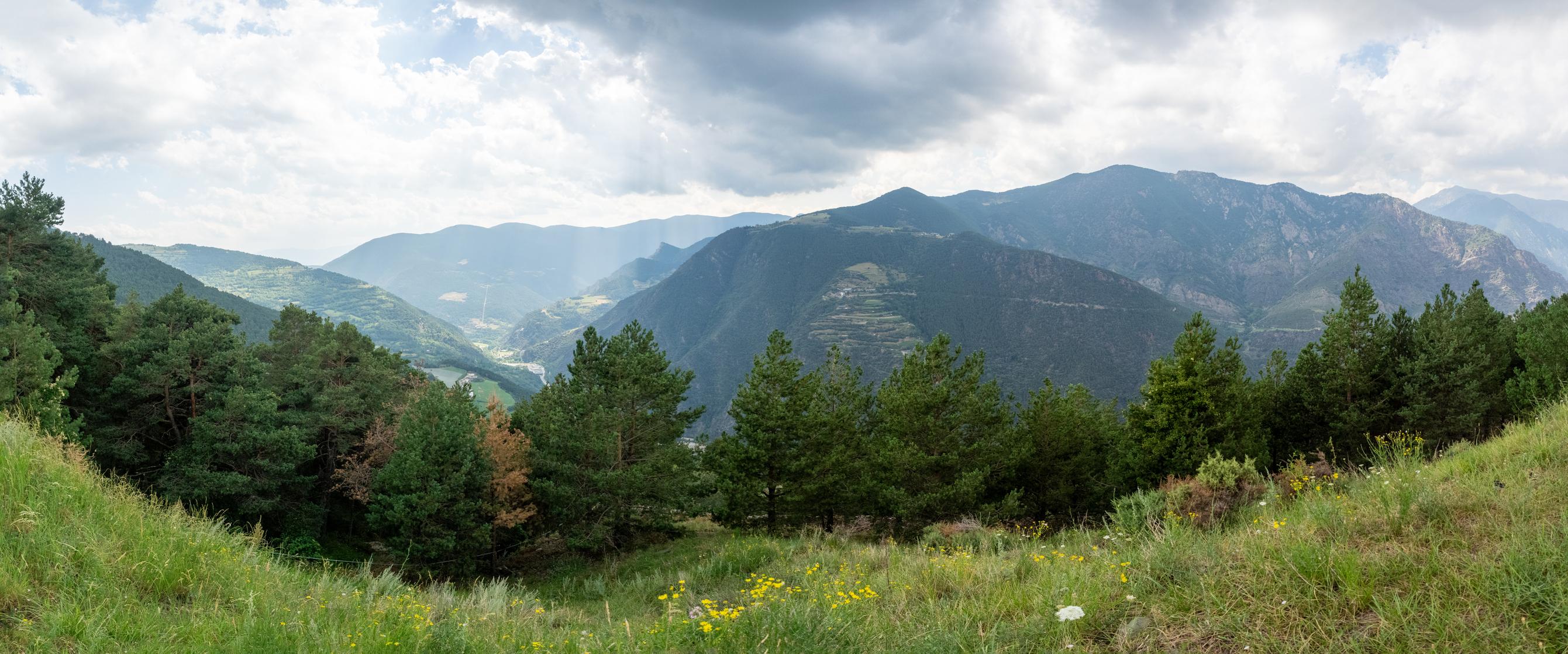
June:
- In Zaragoza, the Spanish and French governments sign the agreement for the electricity interconnection between the two countries.
- The interconnection was declared a project of European interest and involved an investment of 700 million euros.
October:
- Red Eléctrica and RTE set up the joint venture Inelfe in equal shares to carry out the electricity interconnection.
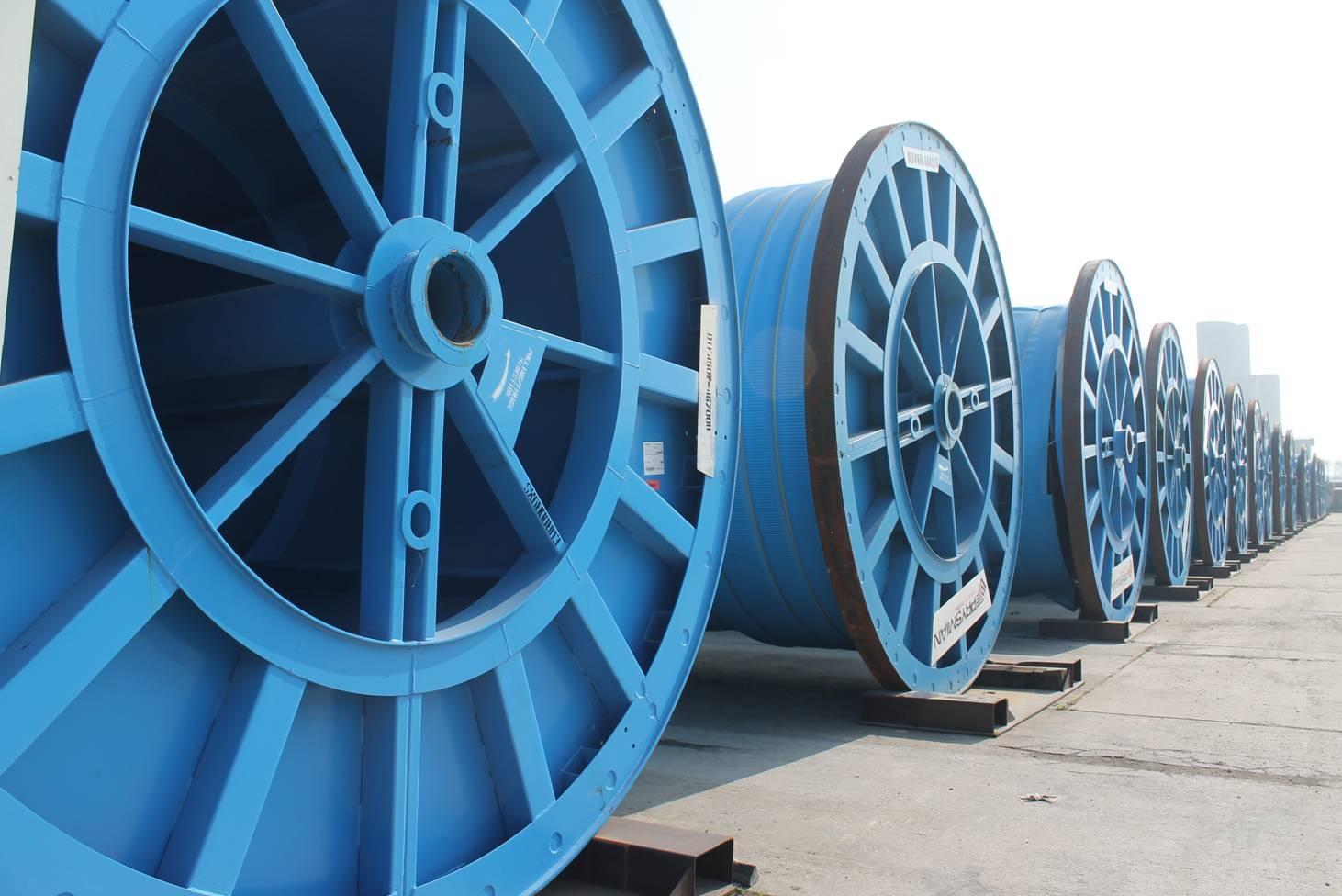
June:
- In Zaragoza, the Spanish and French governments sign the agreement for the electricity interconnection between the two countries.
- The interconnection was declared a project of European interest and involved an investment of 700 million euros.
October:
- Red Eléctrica and RTE set up the joint venture Inelfe in equal shares to carry out the electricity interconnection.
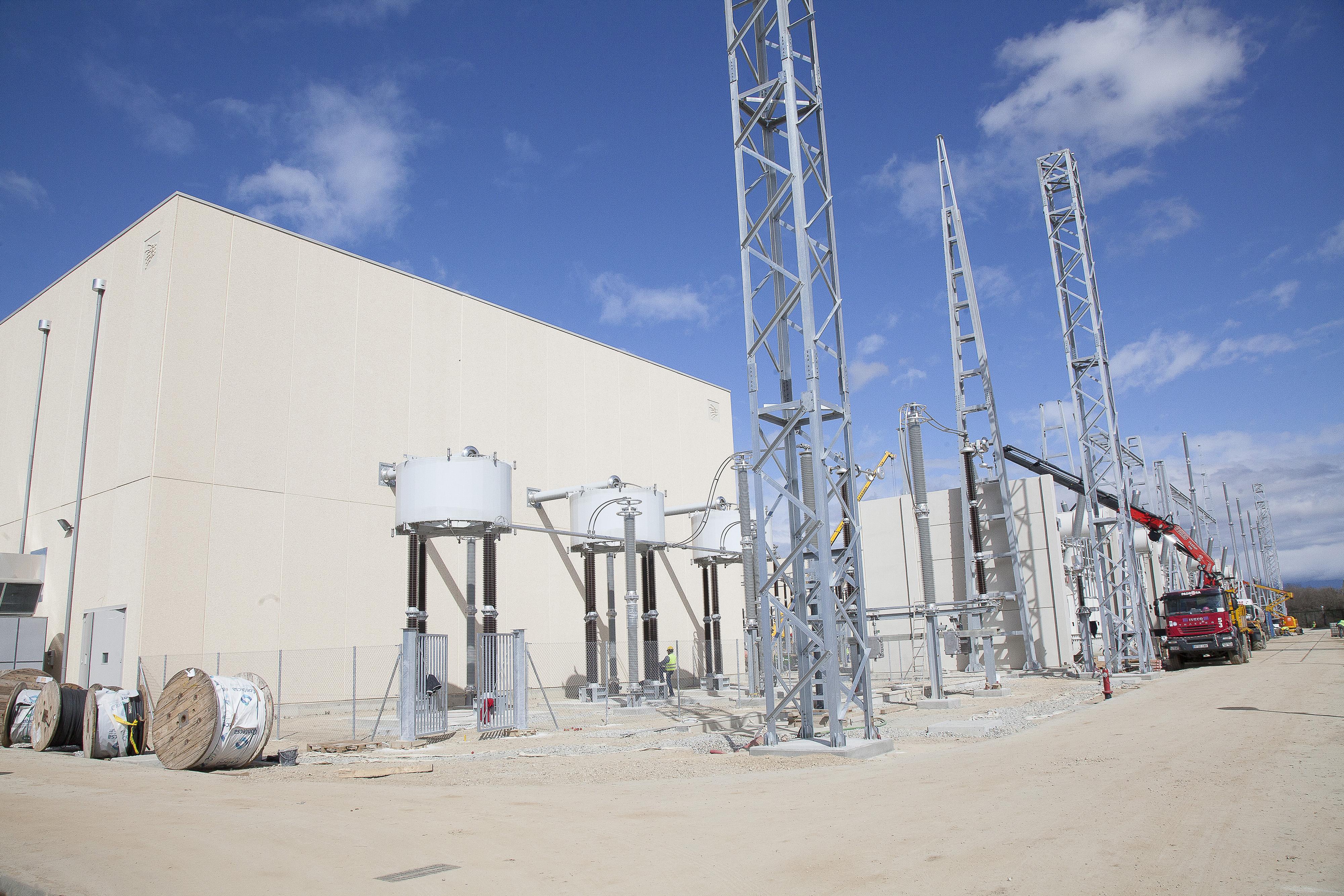
December:
- Red Eléctrica obtains the environmental impact declaration for the project.
- Inelfe awards the construction of the electricity interconnection to Siemens and Prysmian.
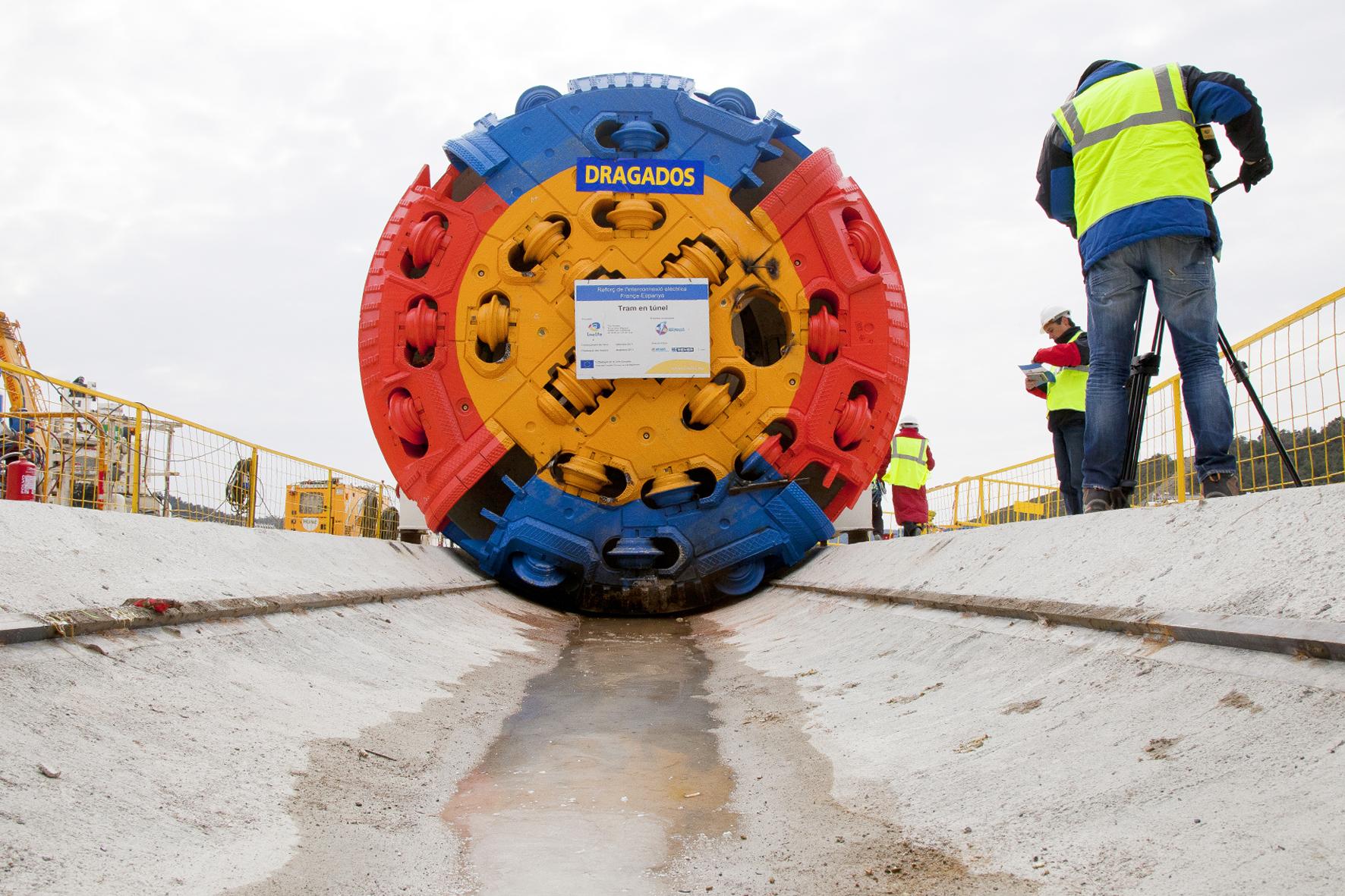
February:
- Inelfe awards the construction of the electricity interconnection tunnel to the consortium led by Eiffage TP and Dragados.
October:
- The European Investment Bank signs a EUR 350 million loan with Red eléctrica and RTE, through Inelfe, to finance the construction of the interconnection.
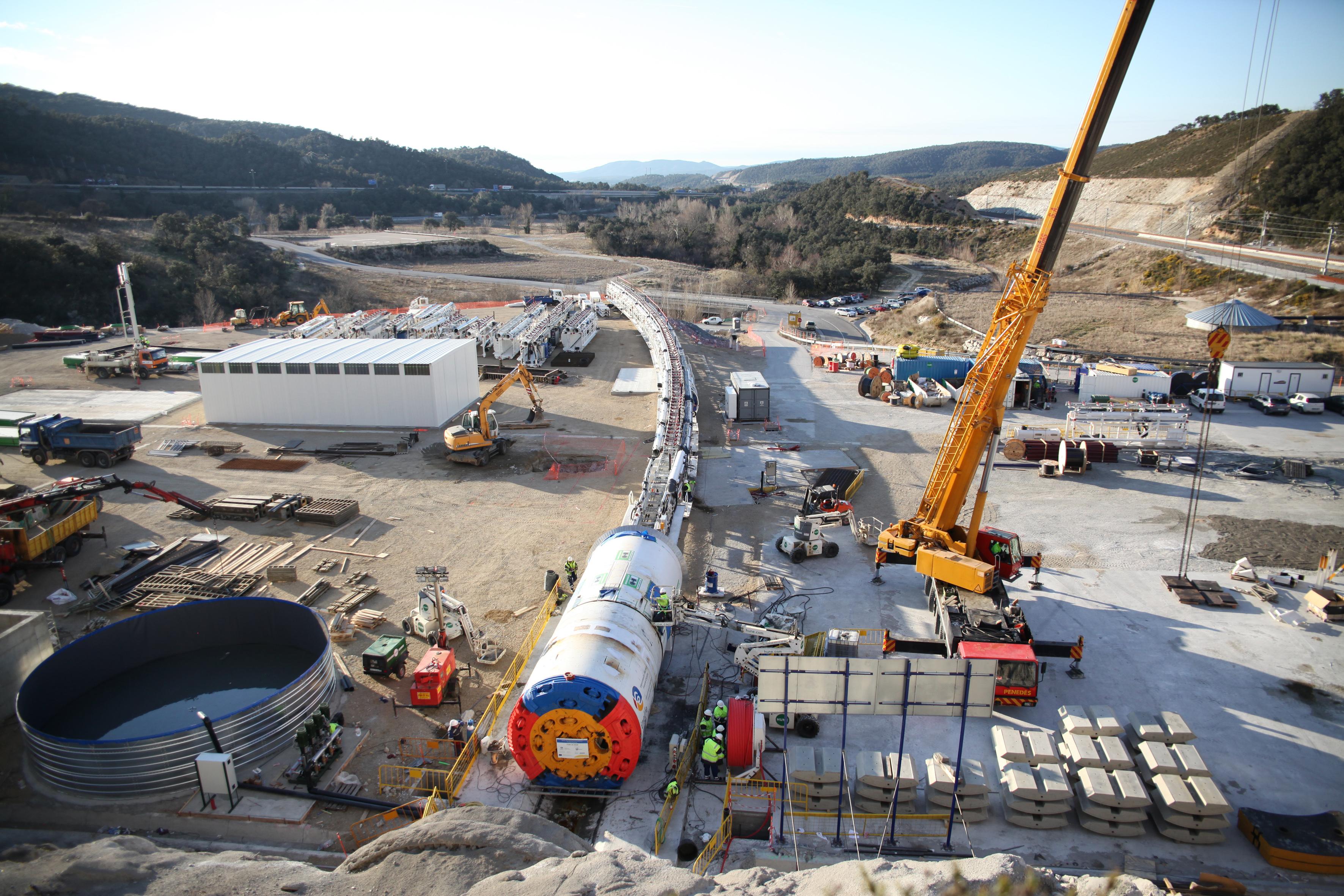
February:
- Boring begins on the Spanish side of the tunnel.
October:
- Boring work begins on the French side of the tunnel.

April:
- Completion of the drilling of the electricity interconnection tunnel.
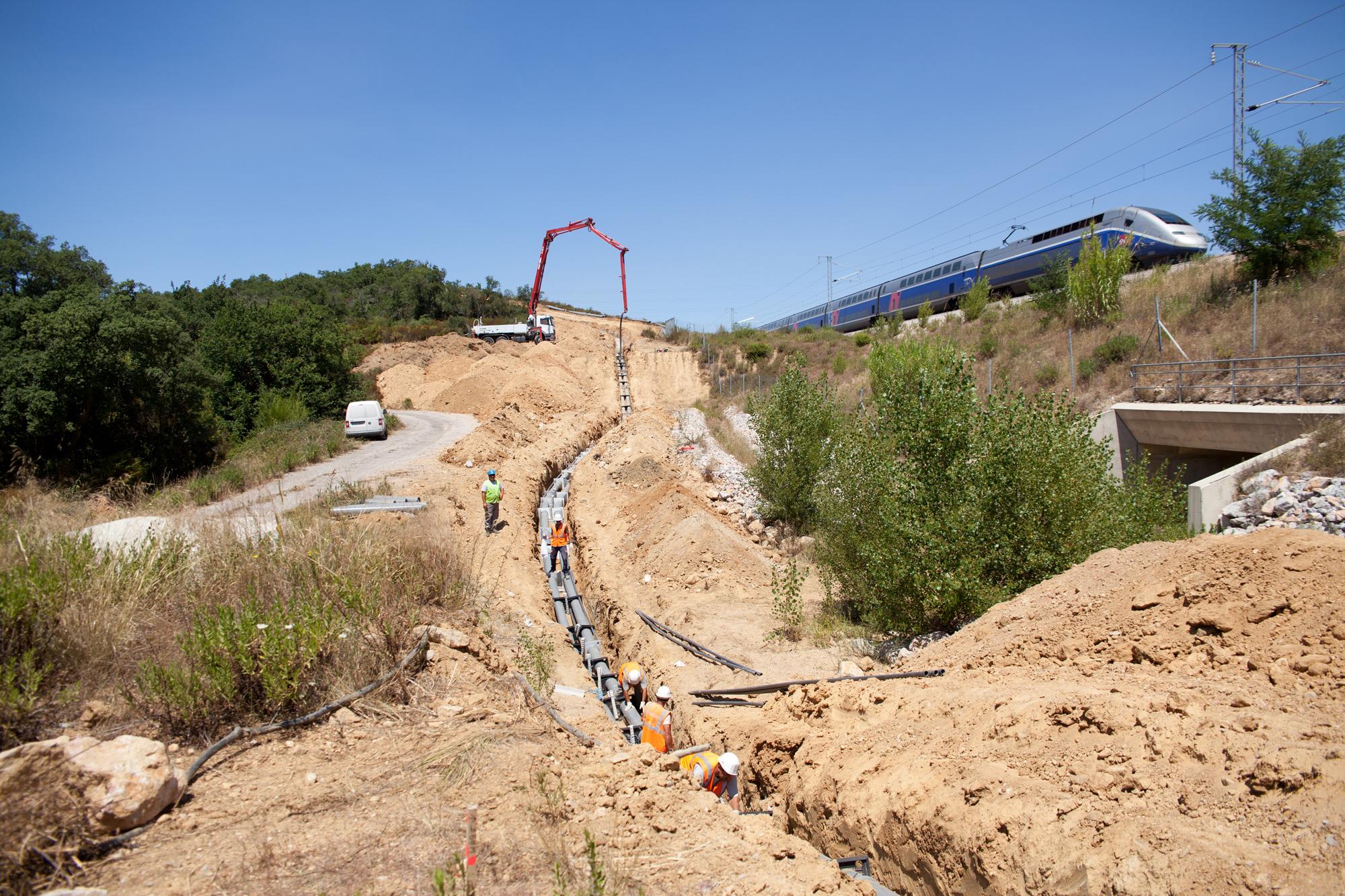
January:
- Installation of the cables in the trench on the French section is completed.
February:
- Installation of the cables in the trench on the Spanish side begins.
August:
- Start of work on the installation of cables in the interconnection tunnel.
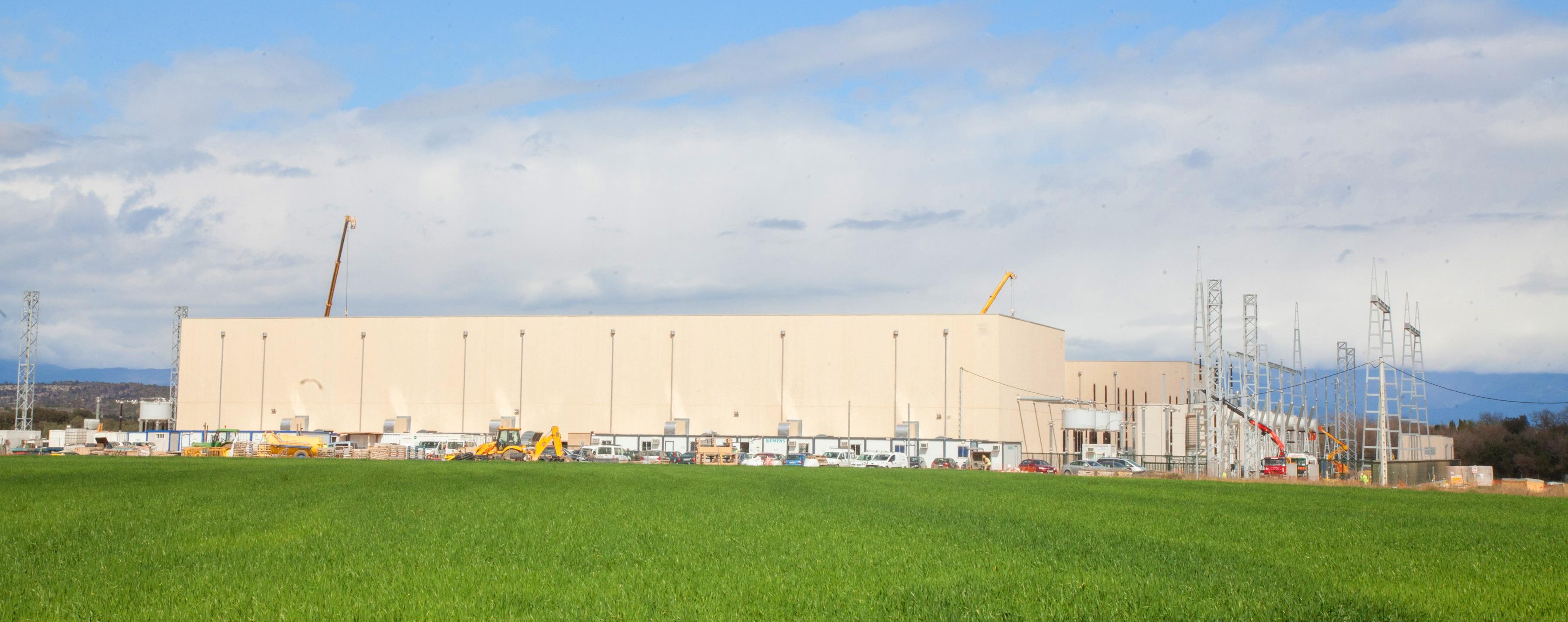
February:
- Completion of construction work on the line and start of technical tests. Official opening.
October:
- Commercial operation begin.
Environmental and social commitment
The project includes preventive and corrective measures aimed at minimising the impact of the route on the natural and social environment:
- The line has been run underground and has been moved as far away as possible from urban centres and areas of high population density, and from natural areas. The line also exploits, as far as possible, the route of existing infrastructures such as the AP-7 motorway and the high-speed train.
- To reduce any visual and environmental impact, the line passes under roads and tracks through a system of micro-tunnels, the same system used to cross rivers in order to reduce the impact on watercourses and water levels.
- Existing paths have been used during the works and have been restored after completion of the works.
- In both countries, monitoring committees have been set up to monitor and verify compliance with all environmental measures.
- Inelfe has generated direct and indirect jobs in Roussillon and Empordà as the work progresses.
- Inelfe has collaborated in the main cultural, social and sporting events in the area. This has translated into direct and continuous participation in the Pau Casals Music Festival in Prada, the Peralada Festival, the Acústica Festival in Figueres, the Temporada Alta Festival in Girona, the L'Archipel theatre in Perpignan and the USAP rugby club school.
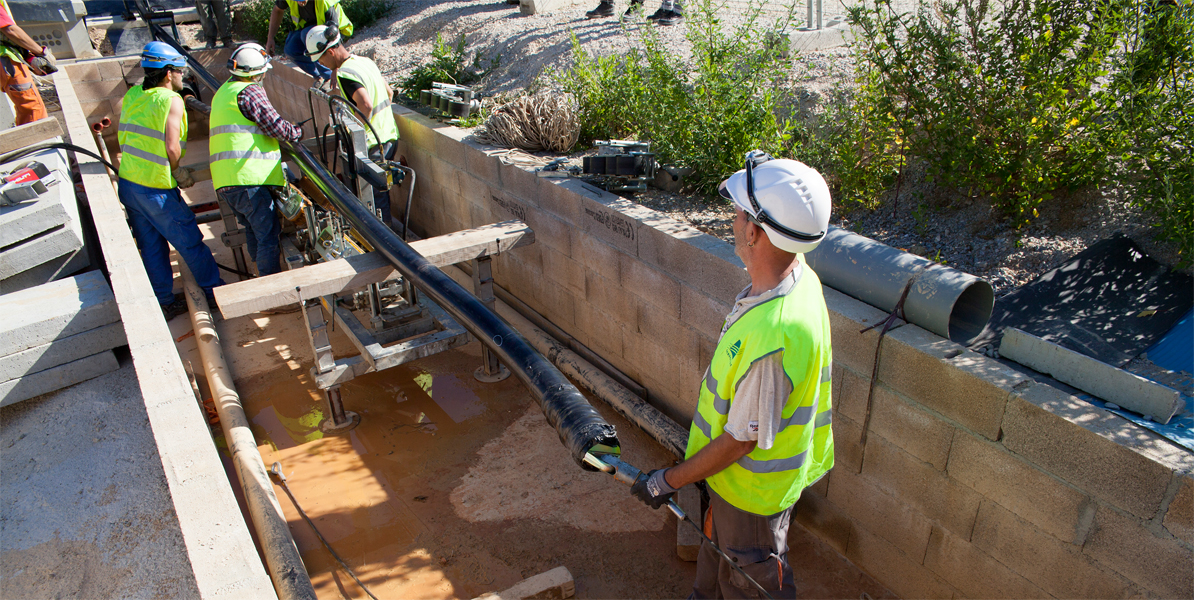
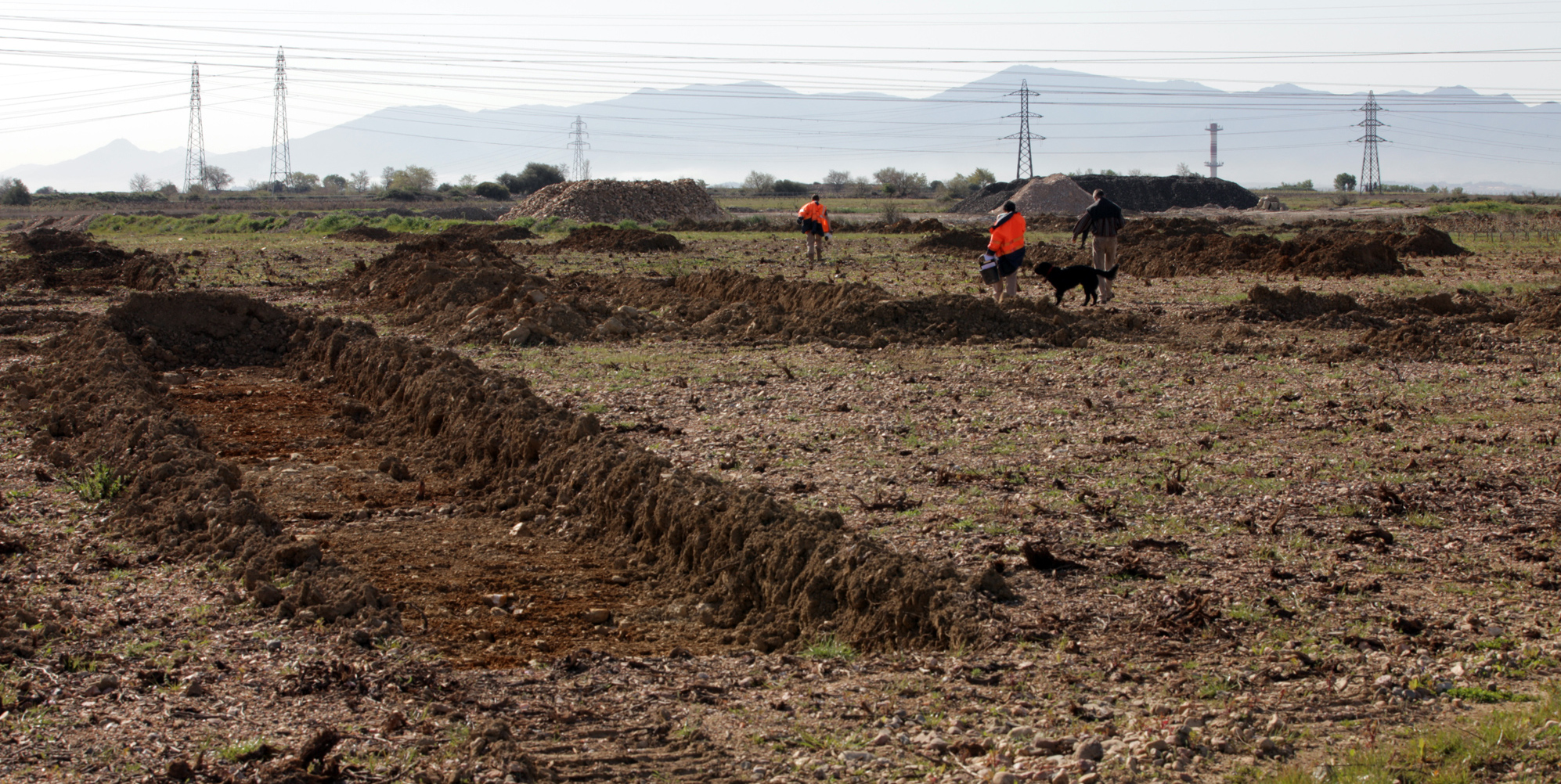
Find out about other projects

